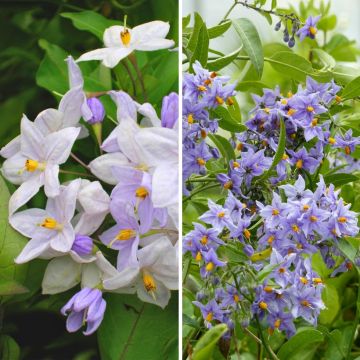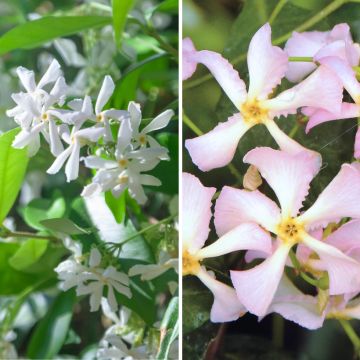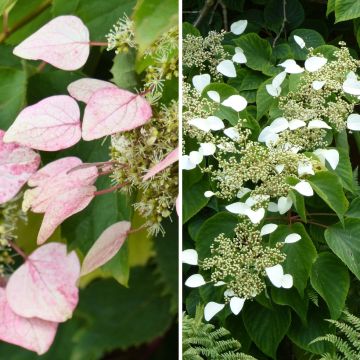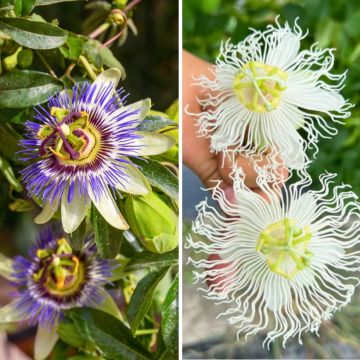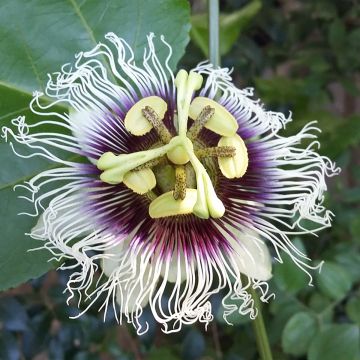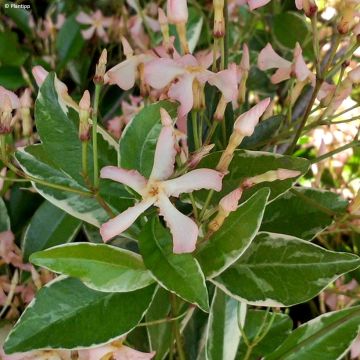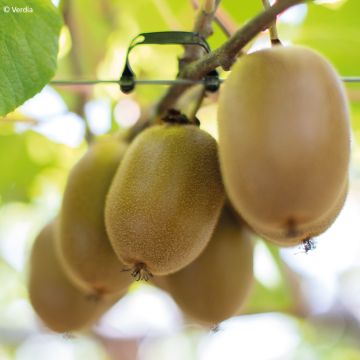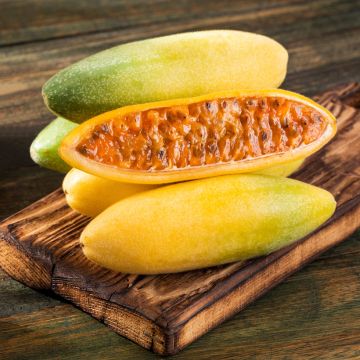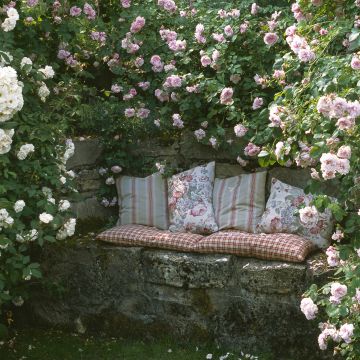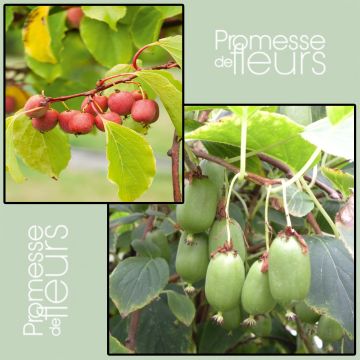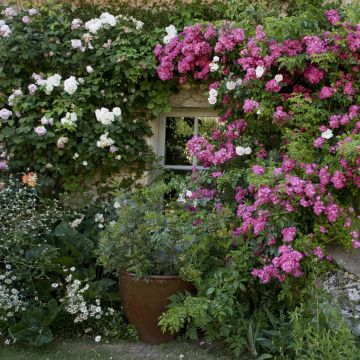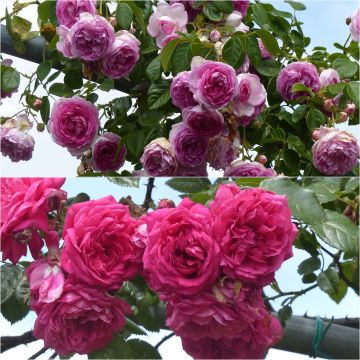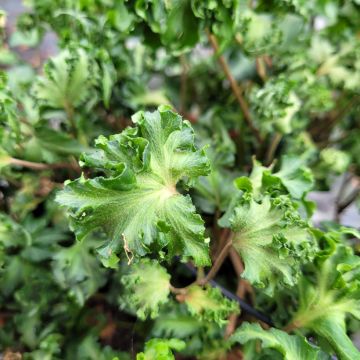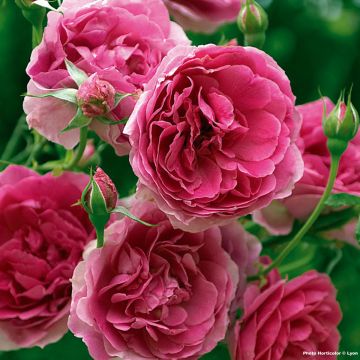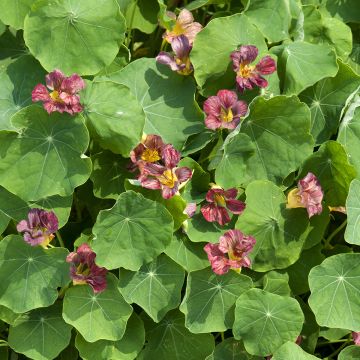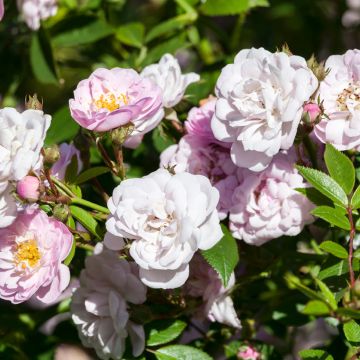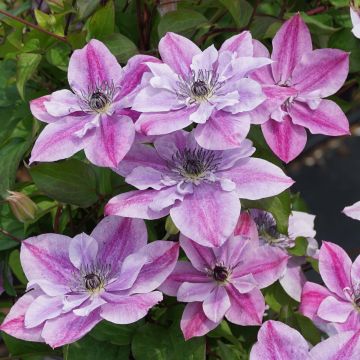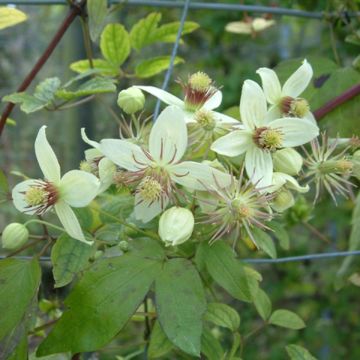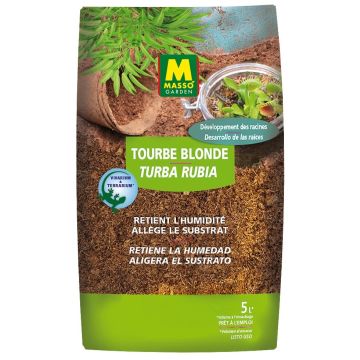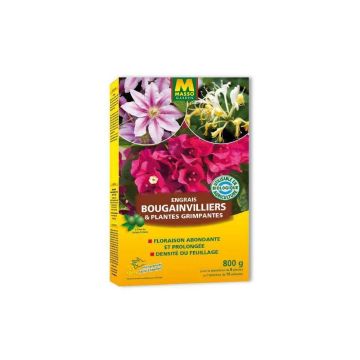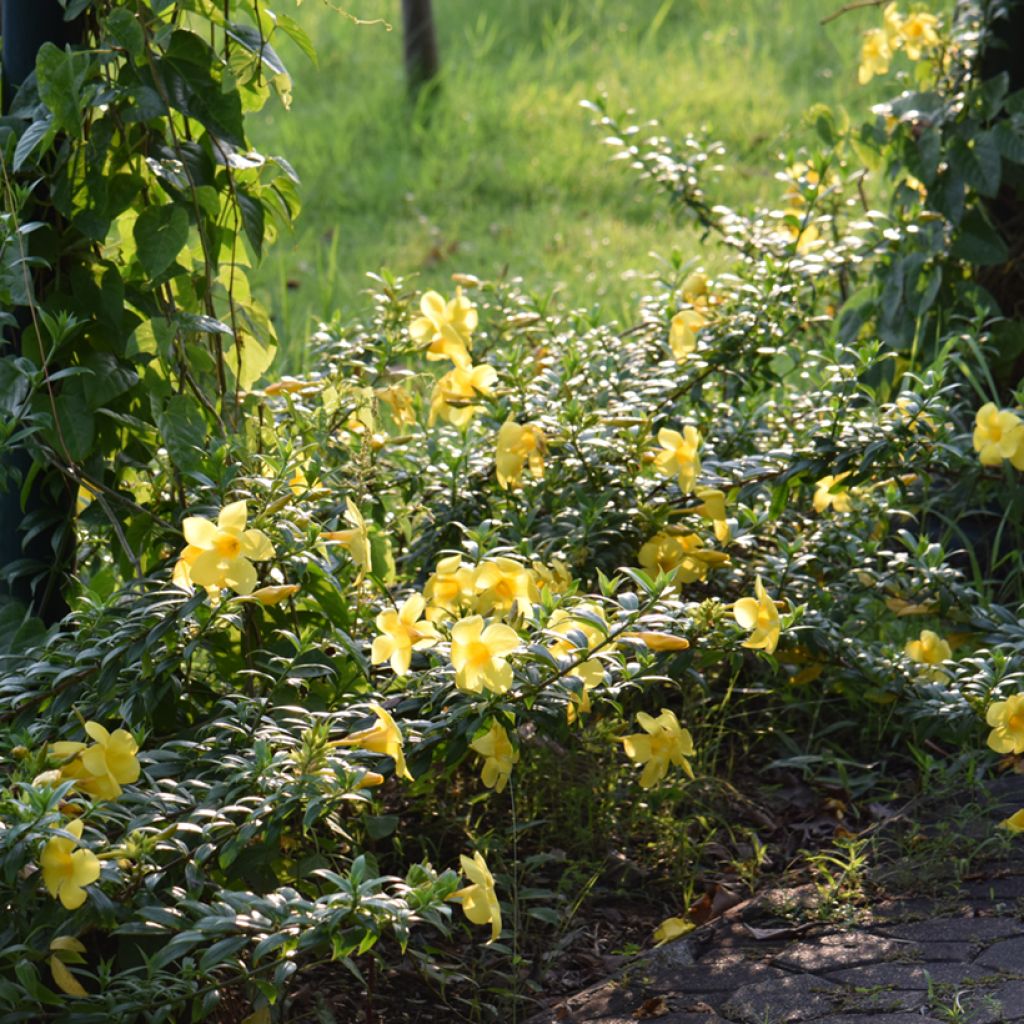

Allamanda cathartica - Golden trumpet
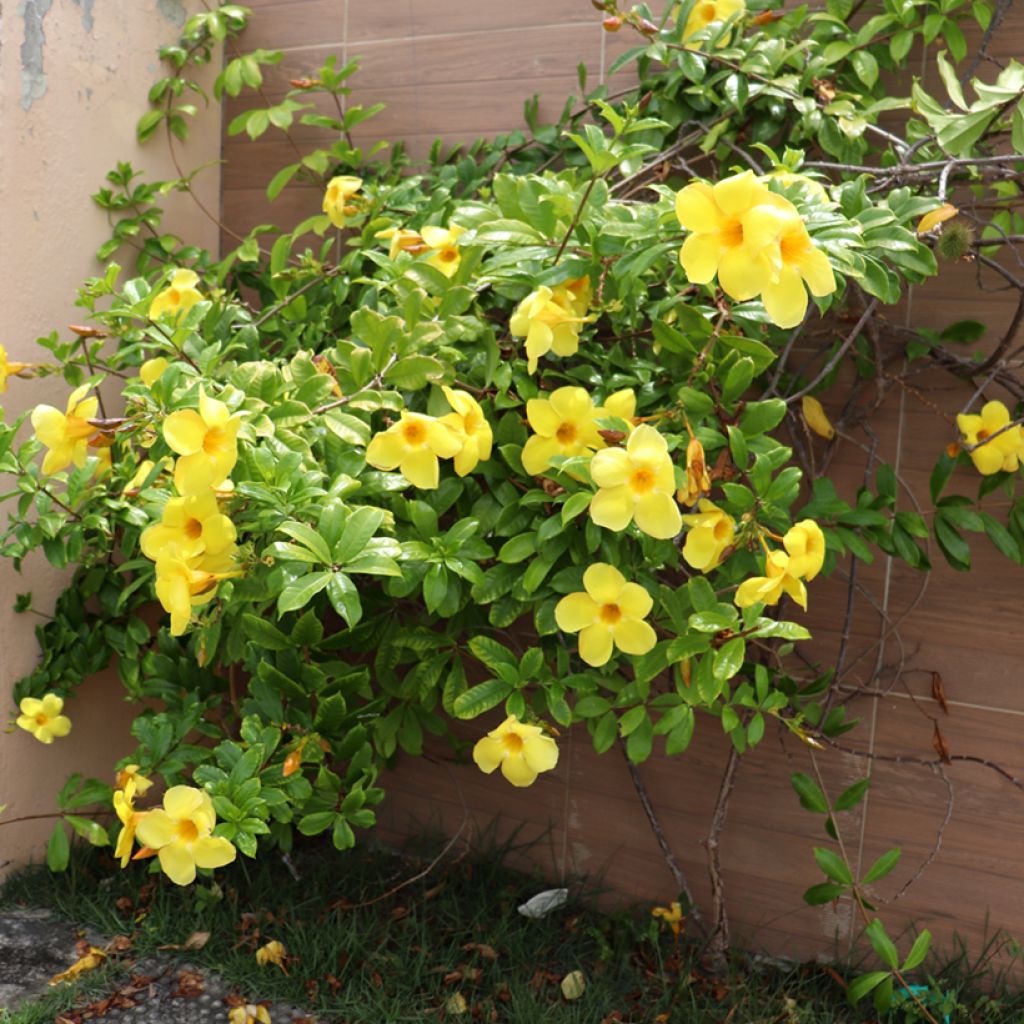

Allamanda cathartica - Golden trumpet
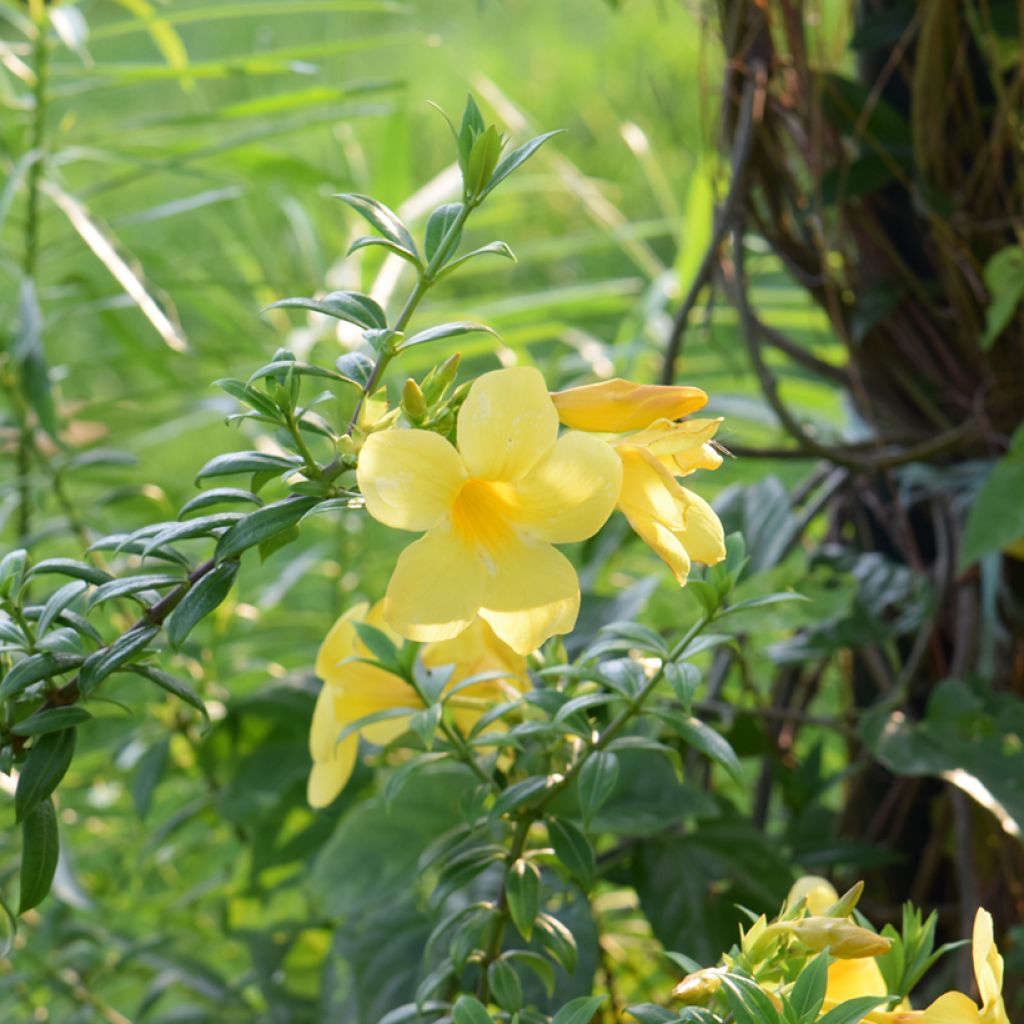

Allamanda cathartica - Golden trumpet
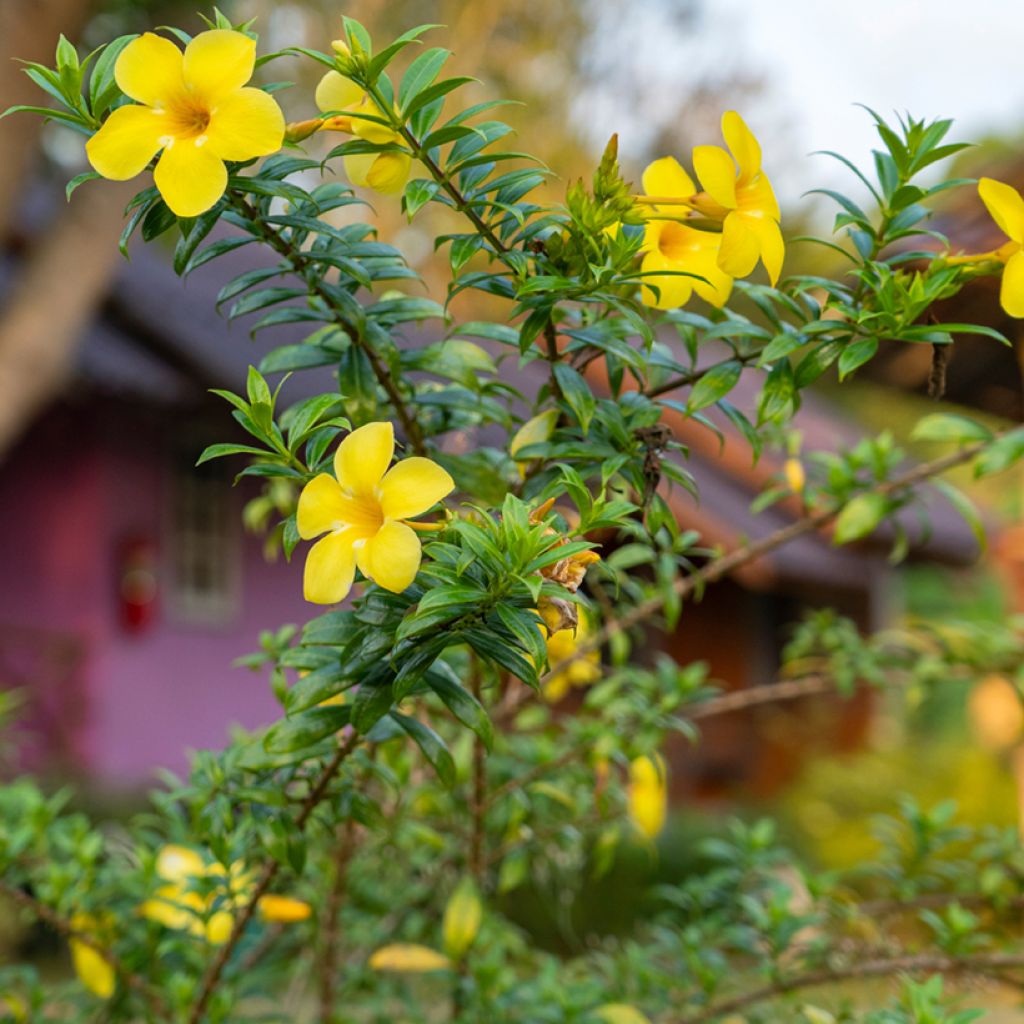

Allamanda cathartica - Golden trumpet
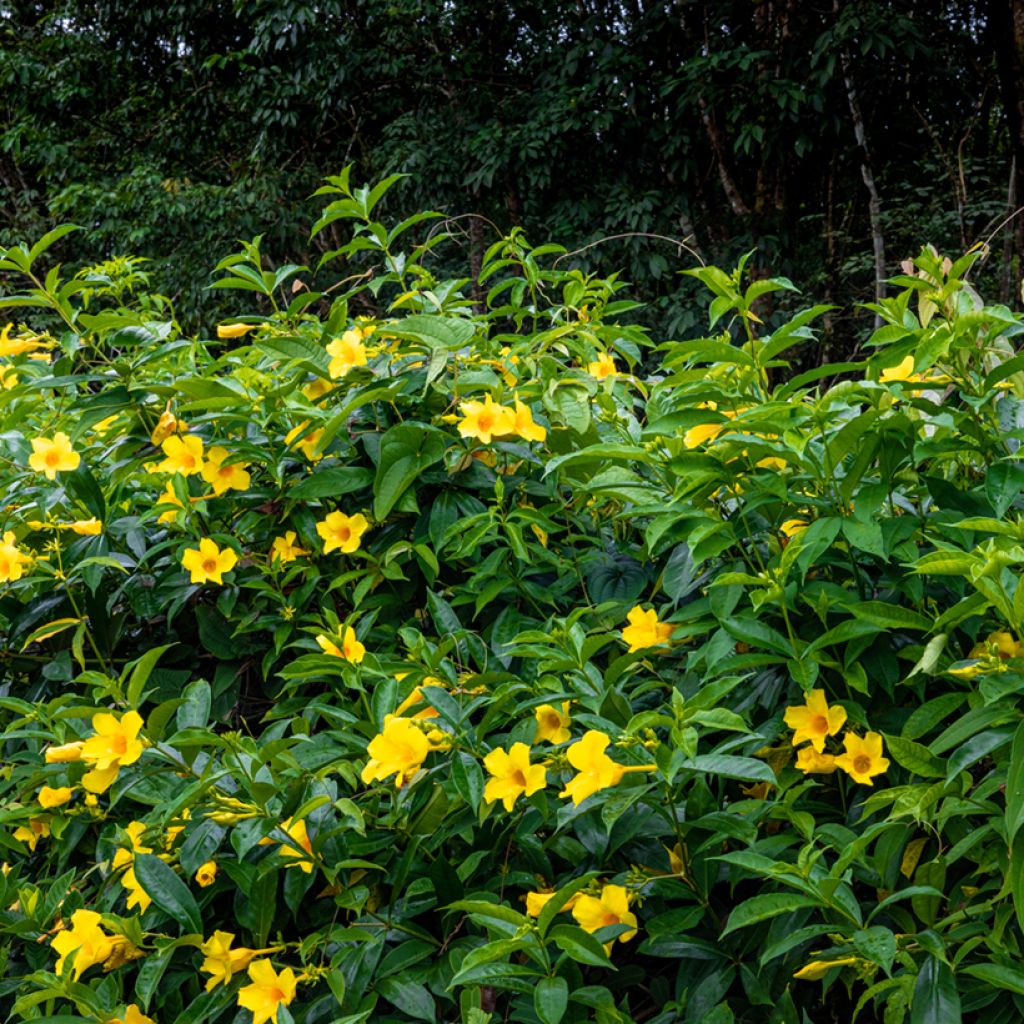

Allamanda cathartica - Golden trumpet
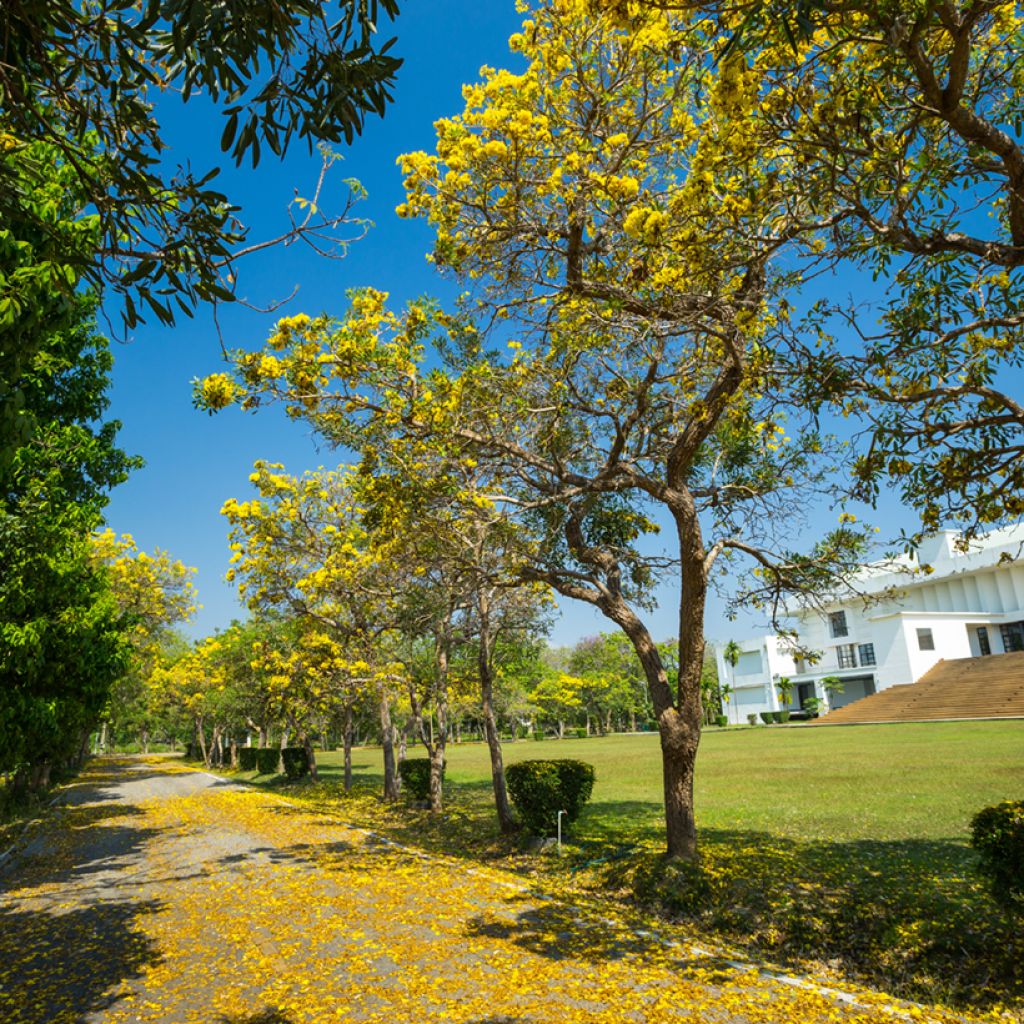

Allamanda cathartica - Golden trumpet
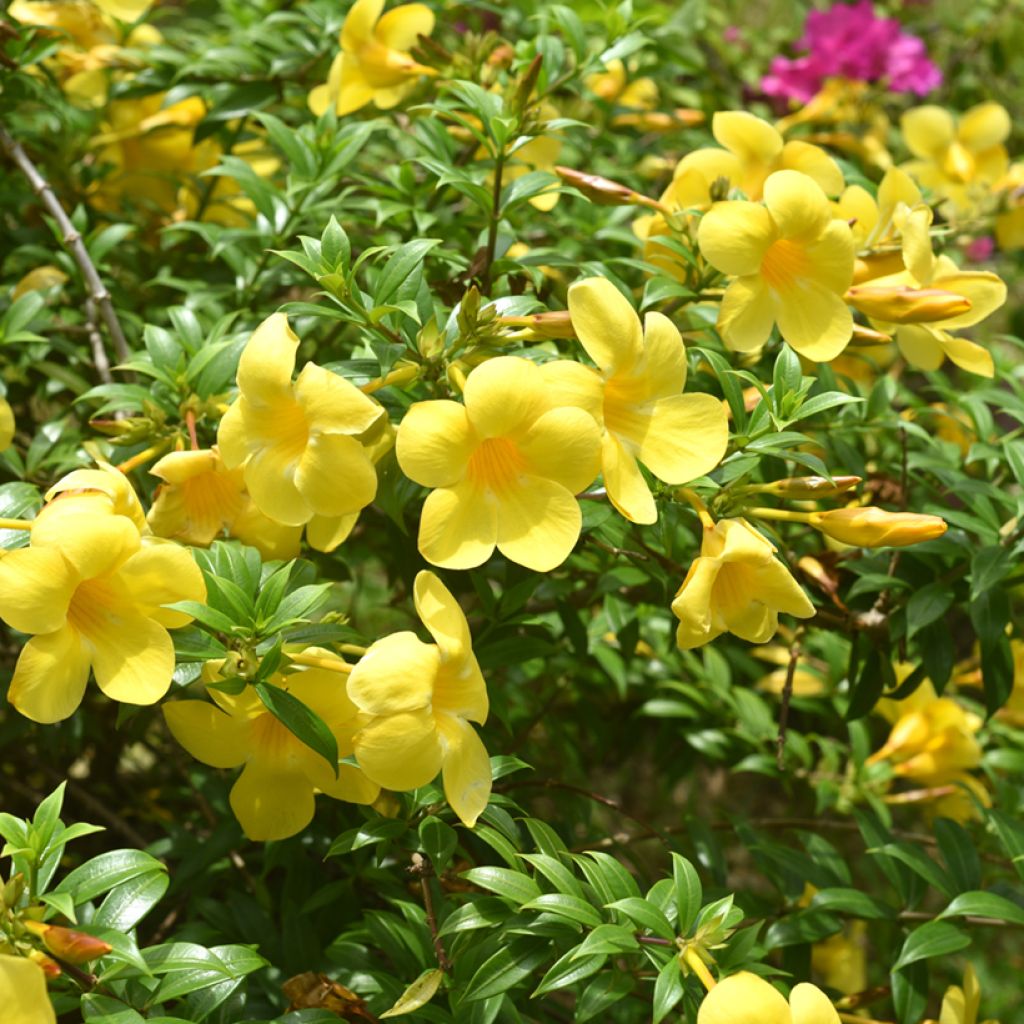

Allamanda cathartica - Golden trumpet
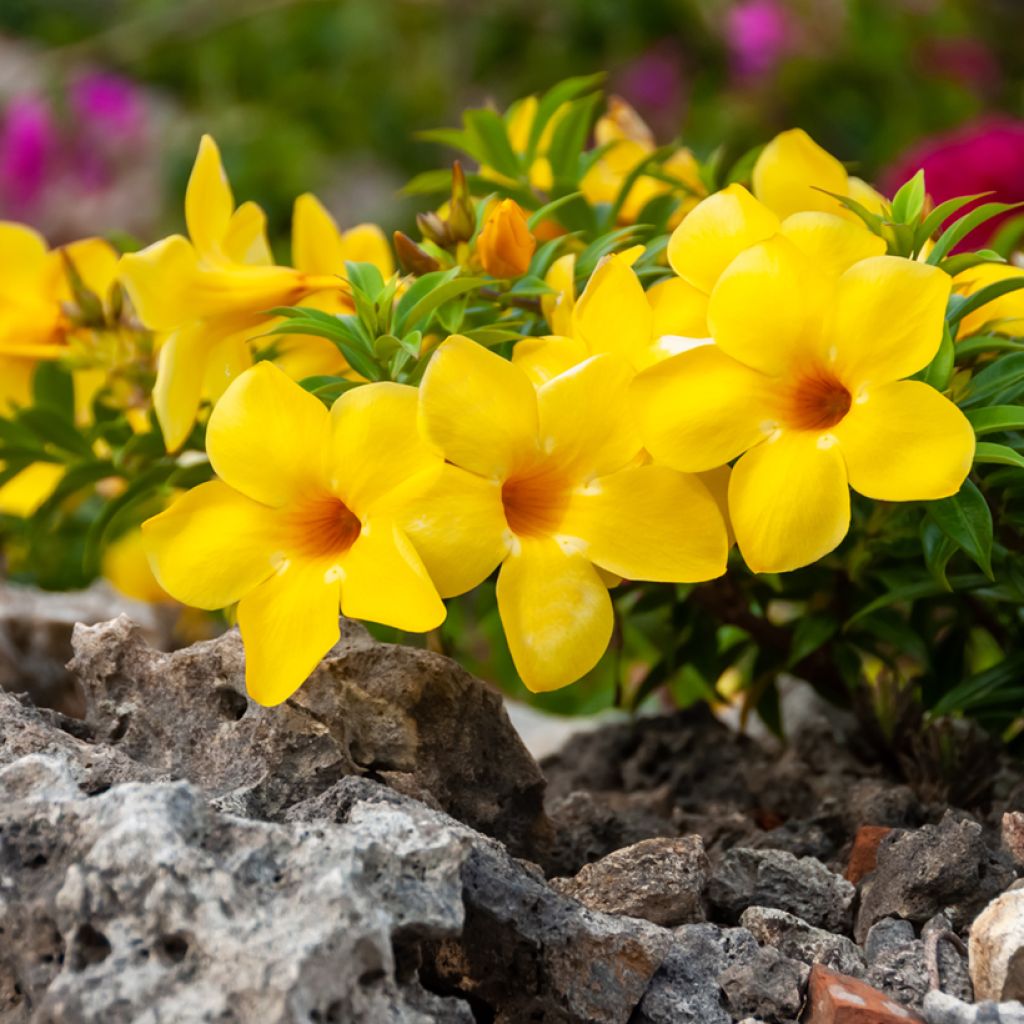

Allamanda cathartica - Golden trumpet
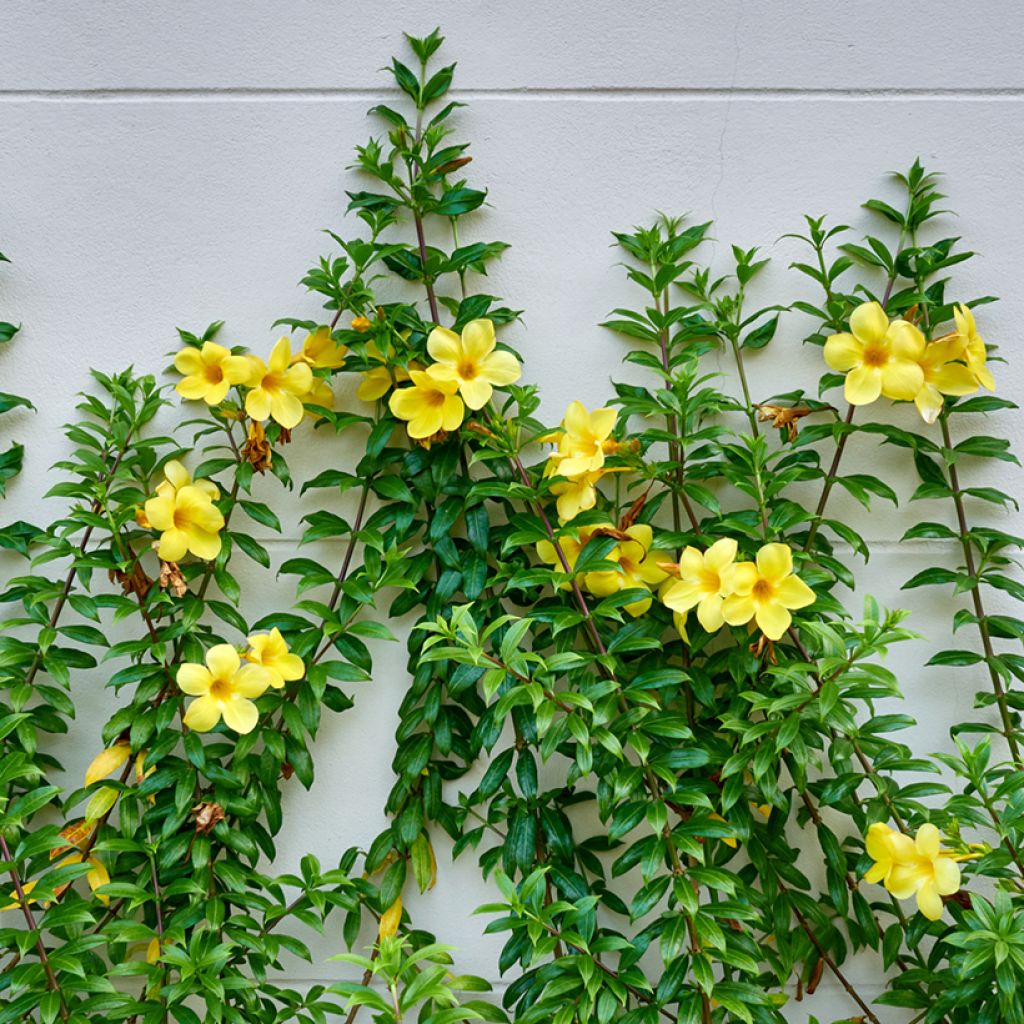

Allamanda cathartica - Golden trumpet
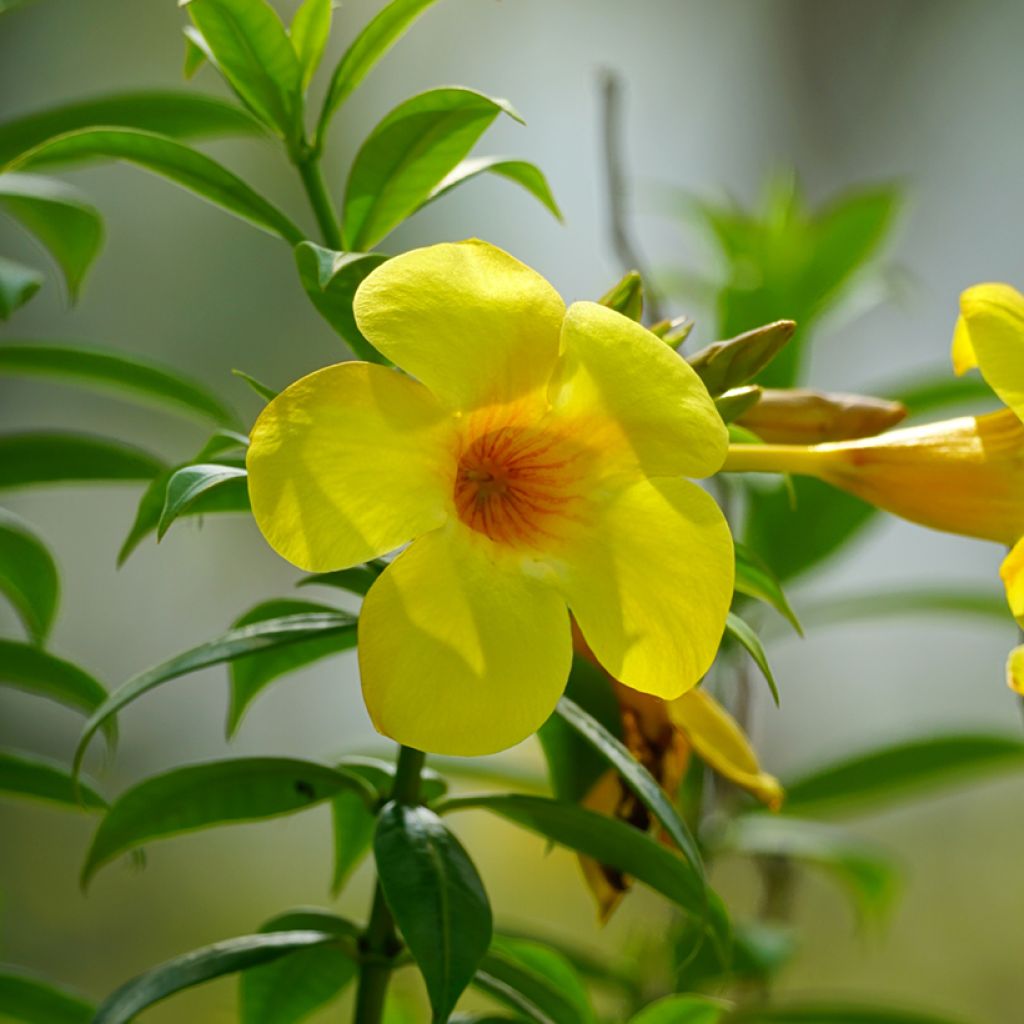

Allamanda cathartica - Golden trumpet
Allamanda cathartica - Golden trumpet
Allamanda cathartica
Golden trompet, common trumpetvine, yellow allamanda
Special offer!
Receive a €20 voucher for any order over €90 (excluding delivery costs, credit notes, and plastic-free options)!
1- Add your favorite plants to your cart.
2- Once you have reached €90, confirm your order (you can even choose the delivery date!).
3- As soon as your order is shipped, you will receive an email containing your voucher code, valid for 3 months (90 days).
Your voucher is unique and can only be used once, for any order with a minimum value of €20, excluding delivery costs.
Can be combined with other current offers, non-divisible and non-refundable.
Why not try an alternative variety in stock?
View all →This plant carries a 6 months recovery warranty
More information
We guarantee the quality of our plants for a full growing cycle, and will replace at our expense any plant that fails to recover under normal climatic and planting conditions.
Would this plant suit my garden?
Set up your Plantfit profile →
Description
Allamanda cathartica, beautifully nicknamed Golden Trumpet or Milk Vine, is a tropical climbing plant with charming, large, beautiful yellow flowers and dense, lush foliage. Native to the warm regions of South America, it is typically grown in a container on the terrace or even indoors in cooler climates. Only the warmest and most sheltered gardens can accommodate it in the ground. Its climbing stems easily twine around trellises, pergolas, and arbours, transforming them into verdant, colourful displays throughout the summer. A climber that will delight lovers of exotic plants!
Allamanda cathartica belongs to the Apocynaceae family and is a cousin of Mandevilla laxa and Dipladenias. Native to the tropical regions of South America, particularly Brazil, this plant thrives in humid, warm, and sunny environments. In the wild, it is often found along rivers, mangroves, or in open areas of tropical forests. It has been introduced and naturalised in other tropical regions worldwide, where it adapts well to warm and humid climates, but remains very sensitive to cold.
This is a vigorous climber with twining stems, capable of twining around supports to reach up to 10 m in length when planted in the ground. Its growth will be more modest in a pot. The thin and flexible stems take on a slightly purplish hue when young. The evergreen foliage consists of whorled leaves in groups of 3 to 5, often glossy on the upper surface. These oblong or lanceolate leaves measure about 10 to 13 cm in length and 2 to 5 cm in width. Their texture is slightly rough on the underside.
The highly decorative flowering features large, trumpet-shaped flowers in a vibrant yellow, measuring 7 to 10 cm in diameter. These flowers, grouped in terminal inflorescences or in the leaf axils, sometimes emit a light fragrance. Flowering occurs mainly in summer and autumn in our climates, but can be continuous in tropical regions where conditions are favourable year-round. After flowering, ovoid capsule-shaped fruits develop, measuring approximately 5 cm. These fruits are covered in small thorns and contain flattened seeds surrounded by a membranous wing to aid dispersal.
In a very sheltered garden, yellow Allamanda can be planted against a south-facing wall. Elsewhere, it must be grown in a pot and overwintered in warmth. Allamanda cathartica thrives in full sun and prefers rich, well-drained, slightly acidic soil. To create a harmonious display, pair it with Bougainvillea spectabilis 'Orange', Plumbago auriculata 'Dark Blue', and Sesbania punicea, for example. These combinations create a lush and colourful display on a terrace or in a sunny conservatory.
Report an error about the product description
Allamanda cathartica - Golden trumpet in pictures
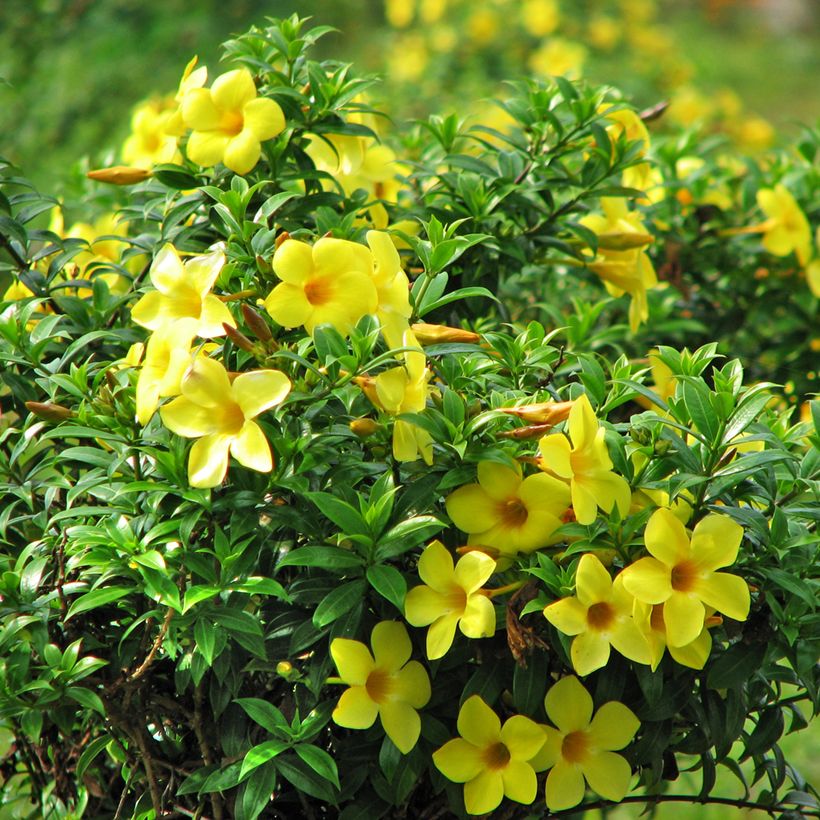

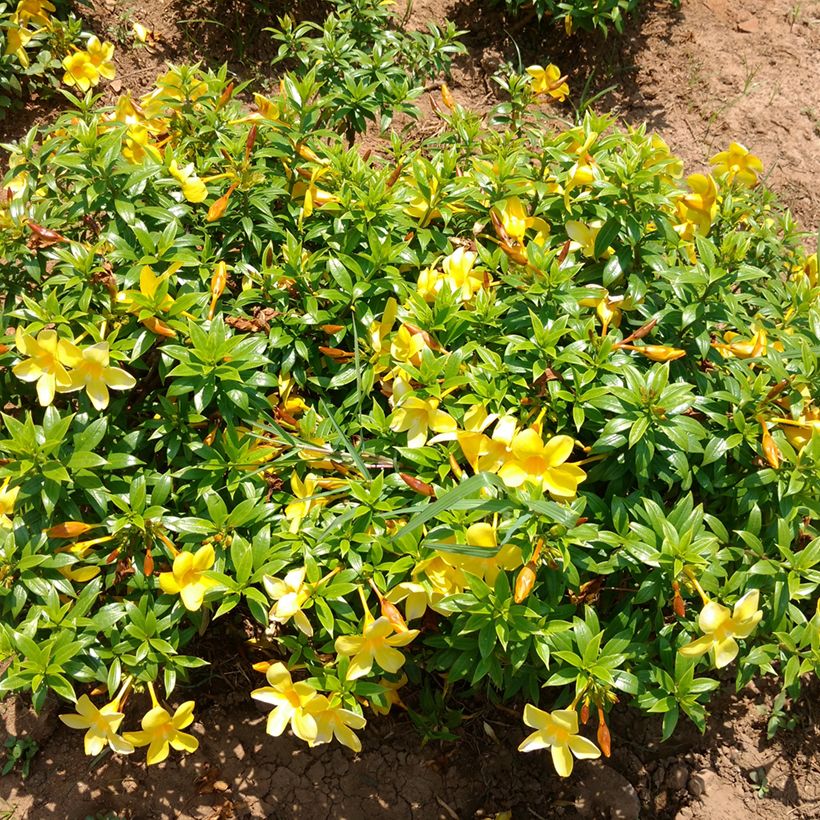

Plant habit
Flowering
Foliage
Botanical data
Allamanda
cathartica
Apocynaceae
Golden trompet, common trumpetvine, yellow allamanda
Allamanda cathartica var. hendersonii, Allamanda hendersonii, Allamanda cathartica var. nobilis, Allamanda nobilis
South America
Other Climbers
View all →Planting and care
To successfully cultivate Allamanda cathartica, whether in pots or in the ground, it is essential to recreate its natural tropical conditions. Note: this tropical plant tolerates temperatures below 7°C very poorly. It is therefore almost exclusively grown in pots or containers to be sheltered from the cold.
In the ground, choose a location in full sun, sheltered from cold winds. The soil should be rich in organic matter, well-drained, and non-calcareous. Loosen it before planting and add compost to encourage vigorous growth. Dig a hole twice the size of the root ball, place the young plant without burying the collar, then water generously.
Container cultivation: opt for a large pot with drainage holes, filled with a mix of universal compost and sand or perlite to ensure good water drainage. Provide a trellis or stake to support its twining stems. Water regularly with rainwater (or non-calcareous water), but avoid excess water which could cause root rot. Apply a liquid fertiliser for flowering plants every two weeks during the growth period. In winter, place the plant in a bright room, maintain a temperature of at least 15°C, and reduce watering to respect its dormant period.
Planting period
Intended location
Care
This item has not been reviewed yet - be the first to leave a review about it.
Haven't found what you were looking for?
Hardiness is the lowest winter temperature a plant can endure without suffering serious damage or even dying. However, hardiness is affected by location (a sheltered area, such as a patio), protection (winter cover) and soil type (hardiness is improved by well-drained soil).

Photo Sharing Terms & Conditions
In order to encourage gardeners to interact and share their experiences, Promesse de fleurs offers various media enabling content to be uploaded onto its Site - in particular via the ‘Photo sharing’ module.
The User agrees to refrain from:
- Posting any content that is illegal, prejudicial, insulting, racist, inciteful to hatred, revisionist, contrary to public decency, that infringes on privacy or on the privacy rights of third parties, in particular the publicity rights of persons and goods, intellectual property rights, or the right to privacy.
- Submitting content on behalf of a third party;
- Impersonate the identity of a third party and/or publish any personal information about a third party;
In general, the User undertakes to refrain from any unethical behaviour.
All Content (in particular text, comments, files, images, photos, videos, creative works, etc.), which may be subject to property or intellectual property rights, image or other private rights, shall remain the property of the User, subject to the limited rights granted by the terms of the licence granted by Promesse de fleurs as stated below. Users are at liberty to publish or not to publish such Content on the Site, notably via the ‘Photo Sharing’ facility, and accept that this Content shall be made public and freely accessible, notably on the Internet.
Users further acknowledge, undertake to have ,and guarantee that they hold all necessary rights and permissions to publish such material on the Site, in particular with regard to the legislation in force pertaining to any privacy, property, intellectual property, image, or contractual rights, or rights of any other nature. By publishing such Content on the Site, Users acknowledge accepting full liability as publishers of the Content within the meaning of the law, and grant Promesse de fleurs, free of charge, an inclusive, worldwide licence for the said Content for the entire duration of its publication, including all reproduction, representation, up/downloading, displaying, performing, transmission, and storage rights.
Users also grant permission for their name to be linked to the Content and accept that this link may not always be made available.
By engaging in posting material, Users consent to their Content becoming automatically accessible on the Internet, in particular on other sites and/or blogs and/or web pages of the Promesse de fleurs site, including in particular social pages and the Promesse de fleurs catalogue.
Users may secure the removal of entrusted content free of charge by issuing a simple request via our contact form.
The flowering period indicated on our website applies to countries and regions located in USDA zone 8 (France, the United Kingdom, Ireland, the Netherlands, etc.)
It will vary according to where you live:
- In zones 9 to 10 (Italy, Spain, Greece, etc.), flowering will occur about 2 to 4 weeks earlier.
- In zones 6 to 7 (Germany, Poland, Slovenia, and lower mountainous regions), flowering will be delayed by 2 to 3 weeks.
- In zone 5 (Central Europe, Scandinavia), blooming will be delayed by 3 to 5 weeks.
In temperate climates, pruning of spring-flowering shrubs (forsythia, spireas, etc.) should be done just after flowering.
Pruning of summer-flowering shrubs (Indian Lilac, Perovskia, etc.) can be done in winter or spring.
In cold regions as well as with frost-sensitive plants, avoid pruning too early when severe frosts may still occur.
The planting period indicated on our website applies to countries and regions located in USDA zone 8 (France, United Kingdom, Ireland, Netherlands).
It will vary according to where you live:
- In Mediterranean zones (Marseille, Madrid, Milan, etc.), autumn and winter are the best planting periods.
- In continental zones (Strasbourg, Munich, Vienna, etc.), delay planting by 2 to 3 weeks in spring and bring it forward by 2 to 4 weeks in autumn.
- In mountainous regions (the Alps, Pyrenees, Carpathians, etc.), it is best to plant in late spring (May-June) or late summer (August-September).
The harvesting period indicated on our website applies to countries and regions in USDA zone 8 (France, England, Ireland, the Netherlands).
In colder areas (Scandinavia, Poland, Austria...) fruit and vegetable harvests are likely to be delayed by 3-4 weeks.
In warmer areas (Italy, Spain, Greece, etc.), harvesting will probably take place earlier, depending on weather conditions.
The sowing periods indicated on our website apply to countries and regions within USDA Zone 8 (France, UK, Ireland, Netherlands).
In colder areas (Scandinavia, Poland, Austria...), delay any outdoor sowing by 3-4 weeks, or sow under glass.
In warmer climes (Italy, Spain, Greece, etc.), bring outdoor sowing forward by a few weeks.






























